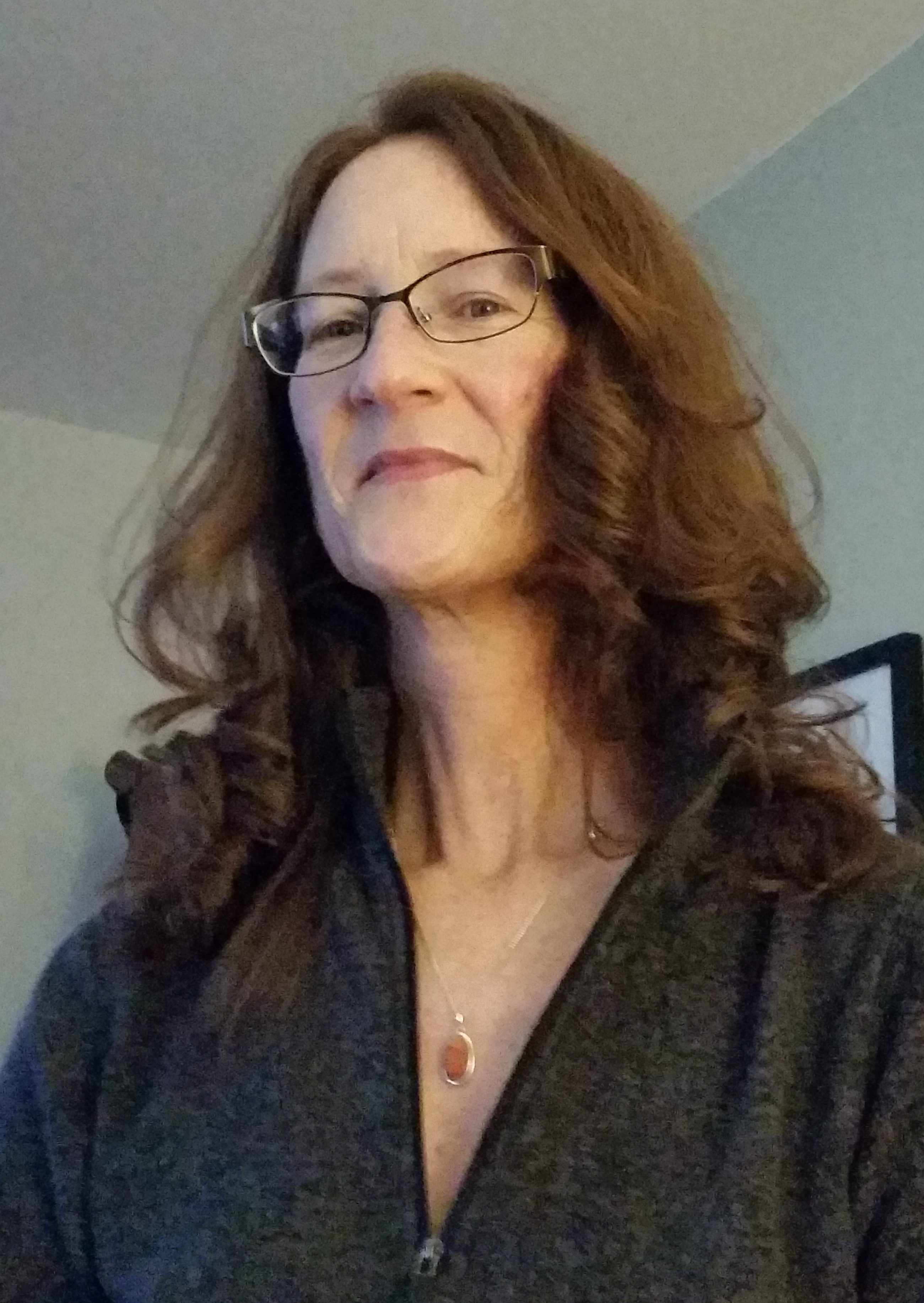Northwestern Ornamental Grasses – Growing Ornamental Grass In Northwest Gardens

Incorporating ornamental grass in Northwest gardens is an increasingly popular choice and with good reason. There are dozens of choices available in which northwest gardeners can choose from. Interested in growing northwestern ornamental grasses? Read on to learn about Pacific Northwest ornamental grasses.
Why Plant Ornamental Grass in Northwest Gardens?
Pacific Northwest ornamental grasses add movement to the landscape. They can soften the hard edges of large rocks or boulders and contrast with perennials. There are so many types of suitable northwestern ornamental grasses, from those that thrive in shade to sun or dry conditions to wet. Ornamental grass for northwest gardens has year-round interest. Plus, grasses in general are often drought tolerant, pest free, and low maintenance.
Cool Season Ornamental Grass for Northwest Landscapes
Grasses are usually categorized by grouping into cool and warm seasons and evergreens. Cool season grasses begin growing in late winter or early spring, thrive in cooler temps, and should be cut back to the ground in late winter or early spring. They need to be divided more to keep them looking good or they tend to die back in the center.
Options for cool season ornamental grass for Northwest regions include:
- Blue Fescue
- Hakone grass
- Tufted Hair grass
- Feather Reed grass
- Blue Oat grass
- Rattlesnake grass (Perennial Quaking grass)
Warm Season Pacific Northwest Ornamental Grasses
Warm season grasses enjoy warmer temps and are drought tolerant. They begin to grow when soil temperatures have warmed. They should be pruned back to between four and six inches (10-15 cm.) in the late spring or early summer of the following year. Examples of warm season Pacific Northwest ornamental grasses include:
- Japanese Blood grass
- Zebra grass
- Blue Wild Rye
- Switch grass
- Pennisetum/purple fountain grass (there are a number of varieties)
Evergreen and semi-evergreen grasses should be cut back in the late winter to early spring if needed. Giant feather grass (Stipa gigantean), or Golden Oats, is an example of an evergreen ornamental grass for a northwestern landscape. It grows up to two feet (61 cm.) tall with rolled blue/green leaves and blooms with spires of gold blooms in the summer that can reach up to four feet (1 m.) in height. It tolerates coastal conditions with heavy winds in full sun but should not be planted in the wetter areas of the region. Gophers love it but deer don’t bother it.
Gardening tips, videos, info and more delivered right to your inbox!
Sign up for the Gardening Know How newsletter today and receive a free copy of our e-book "How to Grow Delicious Tomatoes".

Amy Grant has been gardening for 30 years and writing for 15. A professional chef and caterer, Amy's area of expertise is culinary gardening.
-
 Moody Blooms For Spring: 8 Types Of Black Flowers To Add Drama To Spring Displays
Moody Blooms For Spring: 8 Types Of Black Flowers To Add Drama To Spring DisplaysFrom midnight burgundies to inky violets, several types of black flowers can enrich and embolden a spring display. Try these brooding bloomers for a moody garden
By Tonya Barnett
-
 Can Snake Plants Live Outside? Everything You Need To Know For Snake Plants Al Fresco
Can Snake Plants Live Outside? Everything You Need To Know For Snake Plants Al FrescoSnake plants can live outside given the right conditions, but be careful that they don't take over! Learn the best way to use snake plants in your landscape.
By Mary Ellen Ellis